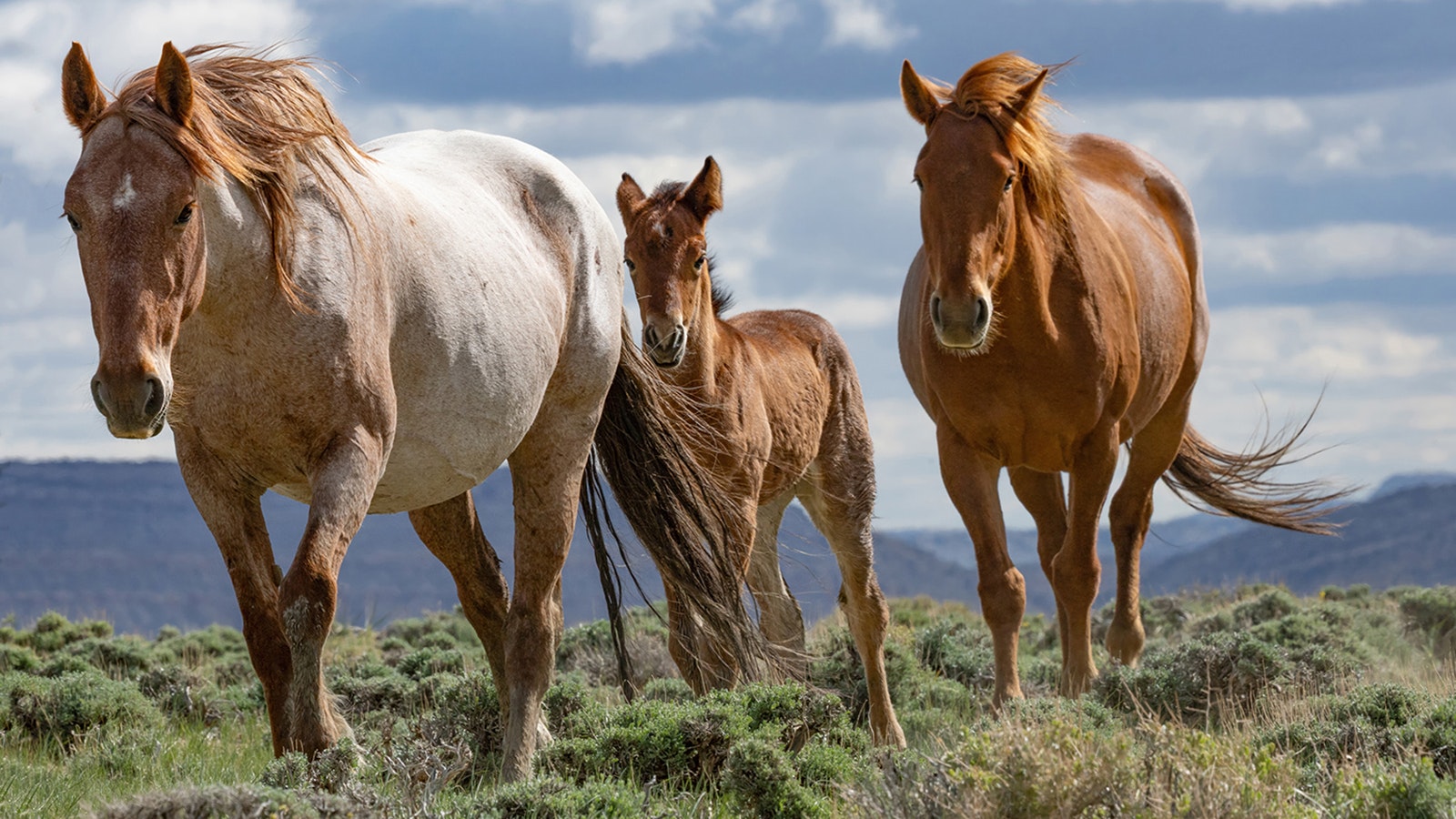As Wyoming elk hunters enjoy a fruitful fall, a handful of lucky hunters in Virginia will get a chance at elk during that state’s first hunting season.
They will join Eastern elk hunters in several states as they take advantage of growing herds there. Most Eastern elk descended from transplants taken from Western states outside of Wyoming. However, Pennsylvania’s elk herds are the direct descendants of elk from Yellowstone Park.
Despite its growing popularity, Eastern elk hunting will probably never get to the level where it could impact the number of hunters seeking nonresident tags in Wyoming and the West, said Mark Holyoak, director of communications at the Missoula, Montana, headquarters of the Rocky Mountain Elk Foundation.
“Those (Eastern elk hunts) are all draw tags, and typically very few are issued per state,” he said, adding Eastern hunters will still be drawn to adventures in the West.
“Wyoming is Wyoming,” he said. “It’s still a unique place for people to come out and experience a hunt.”
A decade after elk were reintroduced to Virginia, the Virginia Department of Wildlife Resources ruled that herds had grown large enough to allow hunting, according to the RMEF. Only five tags were issued for the 2022 season.
One of the more generous Eastern states, Pennsylvania, issued 178 elk tags for the 2022 hunting seasons, according to the Pennsylvania Game Commission.
A Native Species Returns
The word “elk” usually conjures images of large herds scattered across vast, rugged mountain landscapes in Wyoming and elsewhere in the Rocky Mountain West.
But the lands east of the Mississippi River once had thriving native herds of elk that ranged from the flatlands of Wisconsin to the hardwood forests of the Appalachian Mountains, said Steven Dobey of Kentucky, RMEF conservation program manager for the Eastern United States.
“There was an Eastern elk subspecies,” he said. “Physically, it wasn’t much different from the Rocky Mountain elk, but the Eastern elk were adapted to different habitats and behaviors.”
Habitat loss and unregulated killing had wiped out the Eastern elk by about the 1880s, he said.
The earliest attempts to restore Eastern elk were in the 1910s. Elk from Yellowstone Park were transplanted in Pennsylvania. The herds living there now are direct descendants of those Wyoming elk, according the Pennsylvania Wilds website.
Elk reintroduction began in Kentucky in 1997, and spread to other Eastern states, Dobey said. None of the elk involved in those later efforts came from Wyoming.
Reclaimed Coal Mines Make Good Habitat
Kentucky elk herds did so well, they became the source for transplanting the species to several other states, including Virginia, Dobey said.
“The reclaimed sites of old Kentucky coal mines created open grasslands that the elk loved,” he said.
Elk also seemed to favor whatever meadows and open spaces they could find across the East, Dobey said. But they’ve also learned to adapt to thick hardwood forests.
“Whenever there’s good acorn production in the woods, the elk take advantage of that,” he said. “People usually think that elk hunting involves a lot of glassing in open spaces, like you do out West, and our hunters here were trying that same approach.
“But when there’s a good acorn crop, the elk are right in those woods with the deer and squirrels, enjoying that calorie-rich food source.”
Dobey has yet to draw an elk tag back East but looks forward to the opportunity.
“I have been able to ‘hunt’ these elk with my telemetry devices and my camera for hundreds of miles all over southern Appalachia,” he said.





